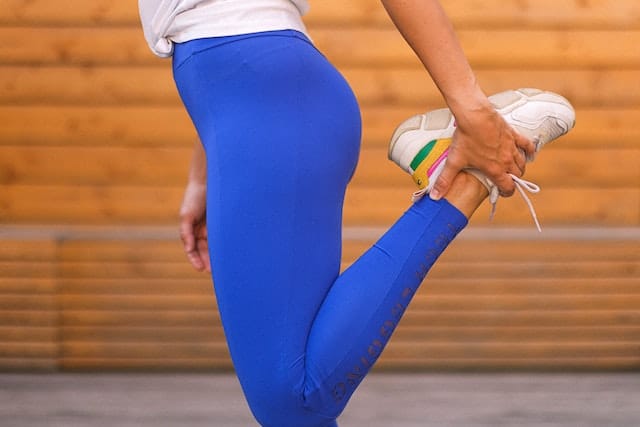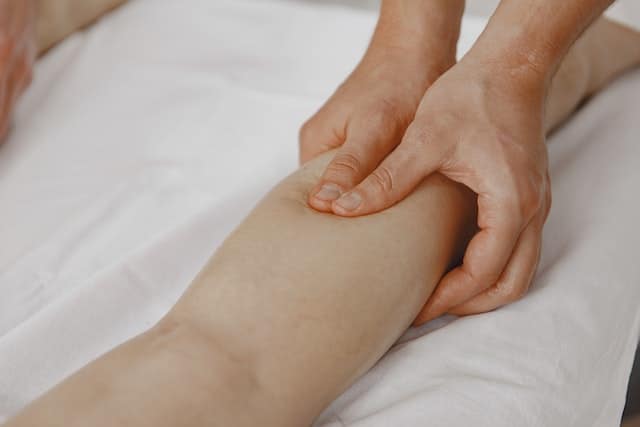
Contents
Reducing lactic acid buildup with lactic acid removal techniques to prevent delayed onset muscle soreness and more
Lactic acid buildup can be a showstopper. You should know it well – it’s the pain that sits as you exert yourself through physical training. Well, more specifically, Lactic acidosis: Acidosis (too much acid in the body) due to the buildup of lactic acid in the body. Lactic acidosis occurs when cells make lactic acid (from glucose) faster than it can be metabolized.
So, when you work out, this process can crop up in more inconvenient ways than you’d think.
Today, we’re going to run through draining lactic acid from your legs. Lactic acid buildup may feel like an inevitability, but just like muscle cells, everything can be manipulated to serve your purpose. Let’s see how intense exercise causes this hurdle and how you can drain it as a result.
Why does it happen?
Let’s quickly take a look at the ‘why’ in this lactic equation.
During high-intensity exercise, muscles require more oxygen than the body can take in, causing anaerobic respiration and lactic acid build-up. When lactic acid develops depends on a person’s fitness level.
Prevention
As ever, prevention is better.
If you want to stop lactic acid buildup before it’s even an issue, then you’ll need to monitor lactic acid levels mid-workout. In order to ensure lactic acid builds at a gradual and controllable pace, you’ll want to increase intensity and volume at a gradual pace too. So, to prevent lactic acid buildup take it easy and work within your threshold – you’ll feel it.
- Increase volume, intensity, and duration of training gradually
- Incorporate rest days and easier training days
- Fuel your body properly
- Consider working with a sports dietitian to develop a custom fueling and supplement plan
Alternatives
However, part of progression is training hard and breaking boundaries, so in order to accommodate those who want to push a little harder, then head over to WikiHow for tips on hydration, breathing exercises, metabolic waste, muscle fibres, hydrogen ions and more. It’s always good to know the workarounds as it is to know the fundamentals; we all want to be adaptive and growing in ways we know will benefit us.


Conclusion
It’s inevitable that your body will release lactic acid, it’s the threshold that’s the issue. When you breach that threshold, the pain starts to settle. But that doesn’t mean you can’t use methods to reduce lactic acid buildup with ease. High-intensity exercise shouldn’t be an avoidance just because of this pain, so do all that you can do to reduce it now.
Oh, and learn a little more about lactic acid formation and threshold breaking too, you’ll be pleased to hear that it’s all changeable.
FAQs
Should I increase exercise intensity to increase lactate threshold?
You should do the research first – improving your threshold will come from acclimatising, but you need to make it a comfortable journey too.